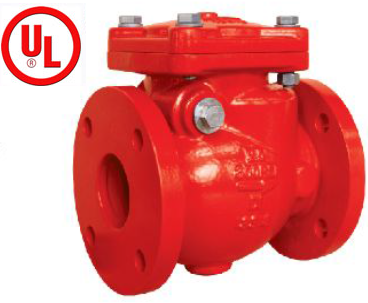When we look at piping and pumping systems externally, we generally see the set up all together as opposed to taking a look at its many working components individually. But there is any particular one part that plays a really crucial role. They are the valves. They act like tiny knobs regulating the flow of fluids as well as cutting off supply completely if required.

Industrial valves are of varied types, with each and every based on a different working principle and after a different function. The following, we’ve discussed the 9 most frequent forms of industrial valves.
1. Ball valves – This is a worthless ball-shaped disk that’s fitted in the pipe. The valve starts and stops flow with the quarter turn rotational motion of the disk. When the valve is open the hollowed end is aligned in direction of the flow and closed it sits perpendicular for the direction of the flow.
2. Plug valves – Also referred to as cock valve, it runs on the cylindrical or tapered plug which has a bored passage to close, start or throttle flow. Turning the handle or wheel, arranges the hollow opening of the plug with the inlet and outlet ports opening the passage. It is blocked, once the solid part aligns itself with ports.
3. Butterfly valves – It’s another valve that utilizes the rotational motion; ball and plug valves are employed in the same way. It only runs on the thin-disk within the flow path rather than a ball-shaped unit or perhaps a cylindrical plug. They’re quick to use, extremely lightweight and just adaptable.
4. Gate valves – This is the sort of valve found in a tap. Buying and selling the valve involves raising and lowering metal gates respectively. A wedge is inserted in to a seat. With grooved butterfly valve, the passageway can either be fully closed or fully open; there is no involving. Fortunately they are called sluice valves.
5. Globe valves – It is similar to a gate valve for the reason that it uses linear motion to throttle flow. It differs rolling around in its usage of a disk rather than a wedge. It can be adjusted to reduce or increase flow; the main benefit of a globe valve is that it won’t leak just as much as other valves. Fortunately they are one of the most popular sort of valves used across various applications.
6. Pinch valves – From the includes a pinching mechanism as well as a sleeve of molded rubber or synthetic material. The flow path in view position is unobstructed. The flow is take off by pinching the flexible membrane, by lowering a bar or gate.
7. Diaphragm valves – They work much like pinch valves; an adaptable diaphragm is inserted such that it fastens itself for the seat blocking the flow. Its edge over pinch valves is that it creates an exceptionally tight seal and therefore is used in applications that have a top purity requirement.
8. Relief and Safety valves – As fluids go through it, you will find there’s chance of an unprecedented increase in pressure, which if unchecked could be hazardous. You can even particularly if you are coping with hazardous fluids. Relief and safety vales release pressure periodically, whenever it is going beyond the set point, to prevent damage.
9. Check valves – Check valves enable unidirectional flow of fluids; they don’t allow it regurgitate. The non-slam nozzle check valves check pressure surge and prevent water hammer.
To ensure the valves fitted in your piping systems supply you with the best service, you can purchase them from the reliable industrial valve manufacturer. It does not take sole method to have top quality industrial valves which might be built to last.
For more details about grooved butterfly valve have a look at this useful web site: read this
